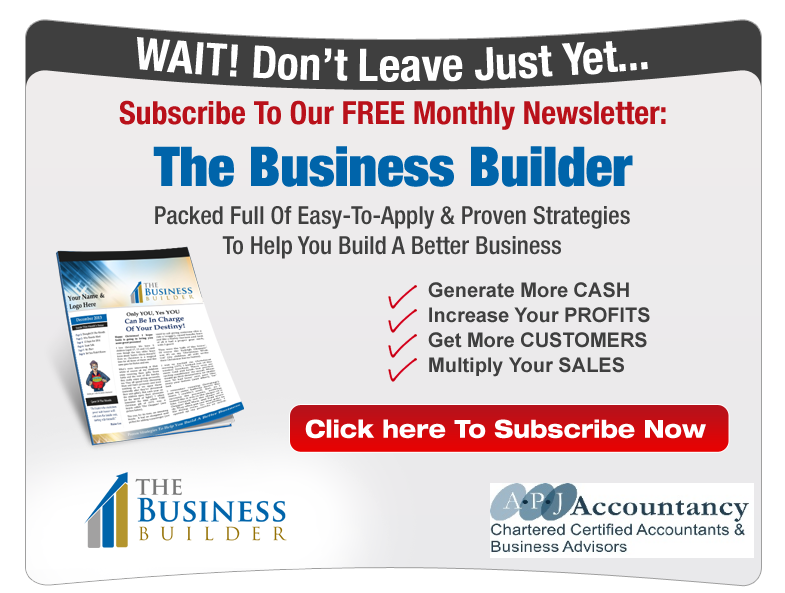The business environment has been quite volatile since the financial crash of 2008. Strategic thinking is an area of focus for senior managers to navigate a way forward for their businesses, despite the challenges they face in the current market.
The benefit of strategic thinking is clear – competitive advantage. For most business managers, the first reaction is to deal with what’s directly in front of us (in our inbox). Maybe this is because it always seems more urgent and tangible. Unfortunately, while you concentrate on overcoming obstacles, you could miss opportunities, not to mention missing the signs that indicate the direction you are going is taking you off track.
Here are a few tips to help you to think more strategically about your business.
A critical thinker will question everything. This means getting comfortable with challenging beliefs and approaches, even your own. Many business people will often respond to questions with answers like “we always do it this way”. You should ask, “Is there a better way to do it?” Following conventional wisdom is often considered to be a safe bet. However questioning convention is what creates new, disruptive business models such as Uber and Spotify. If you always take the safe option, your business could lose its competitive advantage.

The benefit of strategic thinking is clear – competitive advantage. For most business managers, the first reaction is to deal with what’s directly in front of us (in our inbox). Maybe this is because it always seems more urgent and tangible. Unfortunately, while you concentrate on overcoming obstacles, you could miss opportunities, not to mention missing the signs that indicate the direction you are going is taking you off track.
Here are a few tips to help you to think more strategically about your business.
1. Ask questions
Ask questions that encourage new ways of thinking. One of the first questions to ask is “Why are we a good business?” For the best answer, ask your customers. Find out why they use your products or services. If you disappeared tomorrow, what would they miss the most about what you do for them? Another good question to ask could be, “How do I get my competitor’s customers to buy from me instead of them?” These questions will help you to think more strategically about the direction your business should take in the next few years.
2. Think critically
A critical thinker will question everything. This means getting comfortable with challenging beliefs and approaches, even your own. Many business people will often respond to questions with answers like “we always do it this way”. You should ask, “Is there a better way to do it?” Following conventional wisdom is often considered to be a safe bet. However questioning convention is what creates new, disruptive business models such as Uber and Spotify. If you always take the safe option, your business could lose its competitive advantage.3. Industry context
When thinking about your business it’s important to understand what strategy means in the context of your industry sector. In the accounting sector for example, it is important to understand contextual issues such as economics, key competitors, legal frameworks, technology and so on. Before developing the strategy for your own business, it’s important to understand what strategies work for your competitors and why. This can help you to create a very different, and hopefully more effective, strategy.4. Create thinking space
Set aside time alone for strategic thinking/planning at least monthly, if not weekly. Use this time to reflect, research, consider ideas and dream. The focus should not be to “do” things. Getting outside or into a new physical space can make this time more effective. Try to get away from your desk and switch off your smartphone so that you can avoid distractions and think properly.




